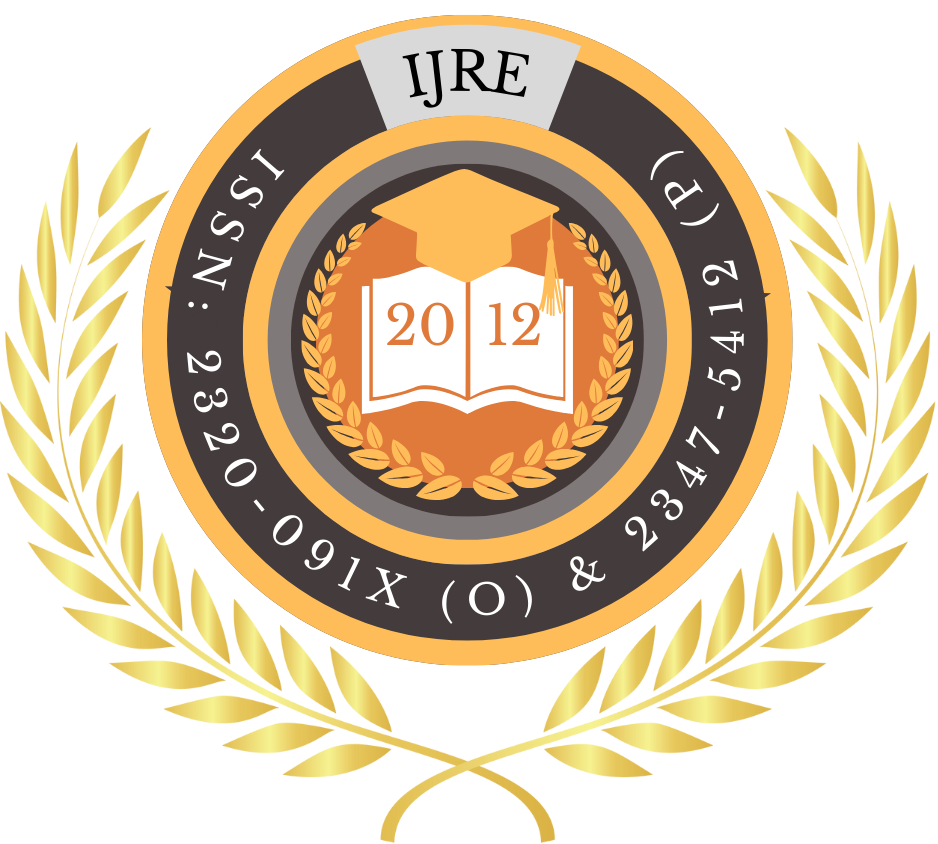![]()
Certificate: View Certificate
Published Paper PDF: View PDF
Alok Verma
Independent Researcher
India
Abstract
Universal Design for Learning (UDL) provides an inclusive, proactive framework for designing digital classrooms that address the full range of learner variability—cognitive, sensory, linguistic, cultural, and motivational. Rather than retrofitting accommodations after barriers appear, UDL embeds flexibility from the outset, ensuring that all students can access, engage with, and express mastery of content. This expanded abstract details the theoretical foundations of UDL, its alignment with digital pedagogies, and the specific affordances of multimedia and adaptive technologies in online and hybrid settings. Drawing on cognitive neuroscience, UDL posits that variability in how learners perceive information (representation), demonstrate understanding (action and expression), and stay motivated (engagement) is both normal and beneficial when instructional design anticipates it. In digital classrooms, UDL leverages tools such as captioned video, text-to-speech, interactive simulations, choice boards, and learner analytics to provide multiple pathways tailored to individual needs. This study employed a convergent mixed-methods design involving pre- and post-implementation surveys of teacher self-efficacy and student engagement, in-depth interviews with educators and learners, and artifact analysis of digital lesson plans across three K–12 schools serving diverse communities. Implementation fidelity was rated on a robust UDL rubric, and student outcomes were measured via standardized course grades and engagement scales. Results indicated a statistically significant increase in teacher confidence (Δ = +1.1 on a 5-point scale, p<.001) and student engagement (Δ = +7.3 points on a 100-point scale, p<.001). Moreover, higher UDL fidelity predicted improved academic performance (β = .38, p<.01), even after controlling for socioeconomic and technological variables. Qualitative themes underscored the role of choice (students valued selecting modalities), scaffolding (interactive prompts supported deeper reflection), and ongoing professional development (monthly coaching fostered sustained practice change).
Keywords
Universal Design for Learning, Digital Classrooms, Accessibility, Inclusive Education, Learner Engagement
References
- Al-Azawei, A., Serenelli, F., & Lundqvist, K. (2016). Universal Design for Learning (UDL): A content analysis of peer-reviewed journal papers from 2012 to 2015. Journal of the Scholarship of Teaching and Learning, 16(3), 39–56.
- Burgstahler, S. (2015). Creating inclusive online learning environments: Universal design for learning in higher education. Routledge.
- (2018). Universal Design for Learning guidelines version 2.2. Retrieved from http://udlguidelines.cast.org
- Edyburn, D. L. (2010). Would you recognize Universal Design for Learning if you saw it? Ten propositions for new directions for the second decade of UDL. Learning Disability Quarterly, 33(1), 33–41.
- Hall, T., Strangman, N., & Meyer, A. (2003). Differentiated instruction and implications for UDL implementation. Wakefield, MA: National Center on Accessing the General Curriculum.
- Meyer, A., Rose, D. H., & Gordon, D. (2014). Universal Design for Learning: Theory and Practice. CAST Professional Publishing.
- Meyer, A., & Rose, D. H. (2005). The future is in the margins: The role of technology and disability in educational reform. In D.
- Edyburn, K. Higgins, & R. Boone (Eds.), Handbook of Special Education Technology Research and Practice (pp. 359–374). Knowledge by Design.
- Meyer, A., Rose, D. H., & Gordon, D. (2014). Universal Design for Learning: Theory and Practice. CAST Professional Publishing.
- Meyer, A., & Rose, D. H. (2010). Teaching every student in the digital age: Universal Design for Learning. ASCD.
- Meyer, A., Rose, D. H., & Gordon, D. (2014). Universal Design for Learning: Theory and Practice. CAST Professional Publishing.
- Meyer, A., & Rose, D. H. (2005). The future is in the margins: The role of technology and disability in educational reform. In D.
- Edyburn, K. Higgins, & R. Boone (Eds.), Handbook of Special Education Technology Research and Practice (pp. 359–374). Knowledge by Design.
- Rao, K., Okolo, C. M., & Smith, S. J. (2020). Supporting learners with disabilities through Universal Design for Learning: A systematic literature review. Journal of Learning Disabilities, 53(3), 152–172.
- Rose, D. H., & Meyer, A. (2002). Teaching every student in the digital age: Universal Design for Learning. ASCD.
- Rose, D. H., & Meyer, A. (2002). Teaching every student in the digital age: Universal Design for Learning. ASCD.
- Rose, D. H., & Meyer, A. (2006). A practical reader in Universal Design for Learning. Harvard Education Press.
- Rose, D. H., & Meyer, A. (2002). Teaching every student in the digital age: Universal Design for Learning. ASCD.
- Smith, S. J., & Okolo, C. M. (2010). The design and implementation of online courses for students with disabilities: A case study. Journal of Special Education Technology, 25(1), 21–29.
- Smith, S. J., & Tully, S. (2017). Embedding Universal Design for Learning: A primer for higher education faculty. Stylus Publishing.
- Thompson, T. L., & Copeland, S. R. (2014). Universal Design for Learning and the digital divide: A conversation. Information Technology and Disabilities, 20(1).
- West, R. E., Waddoups, G., & Graham, C. R. (2007). Understanding the experiences of K–12 online teachers: A developmental study of teacher professional development. Educational Technology Research and Development, 55(6), 1–21.
- Yuan, J., & Kim, C. (2014). Guidelines for teachers adopting Universal Design for Learning in online courses. Journal of Pedagogic Development, 4(3), 4–18.
